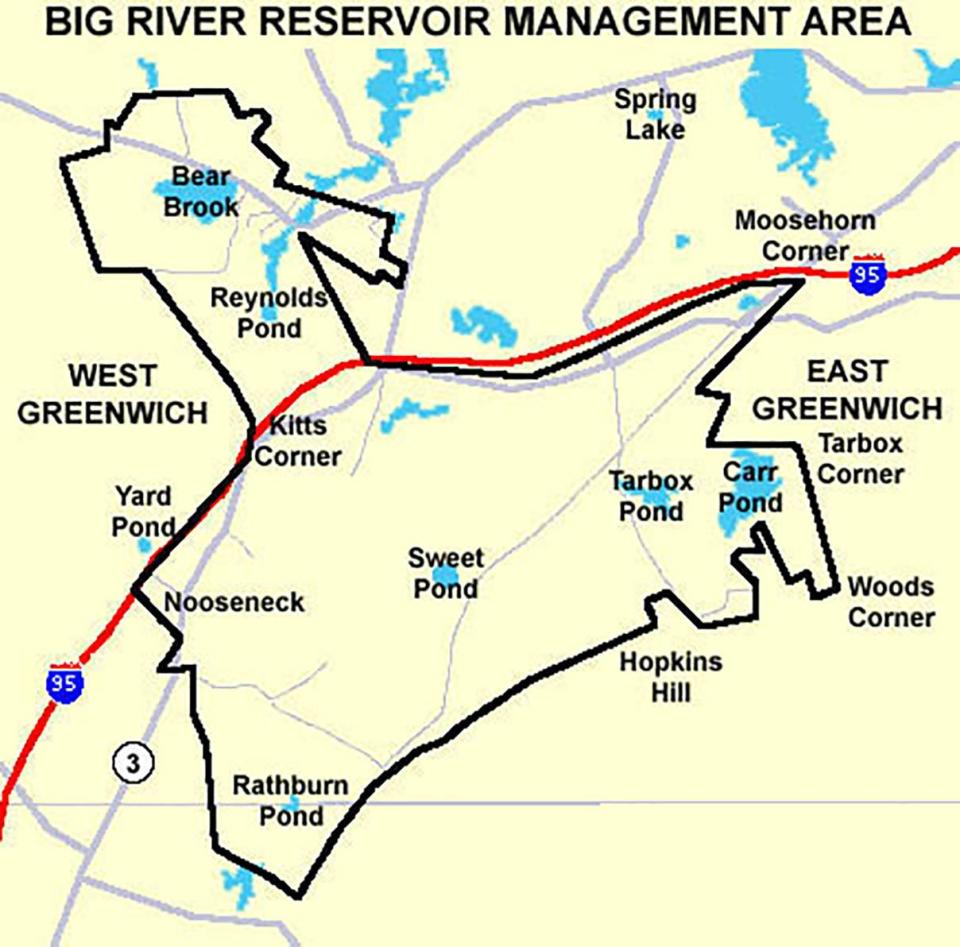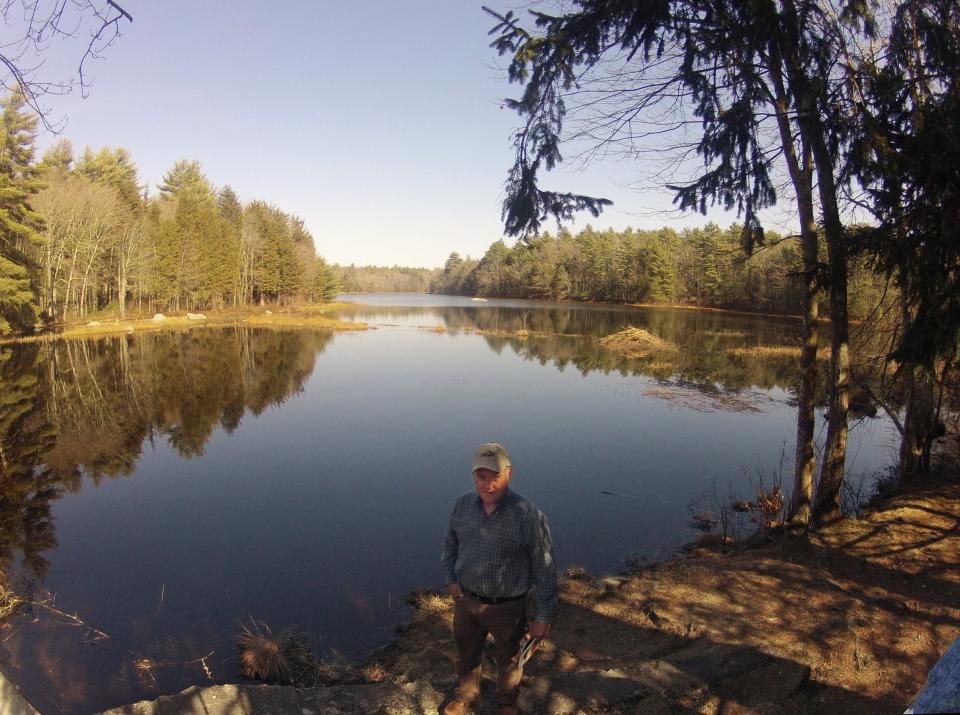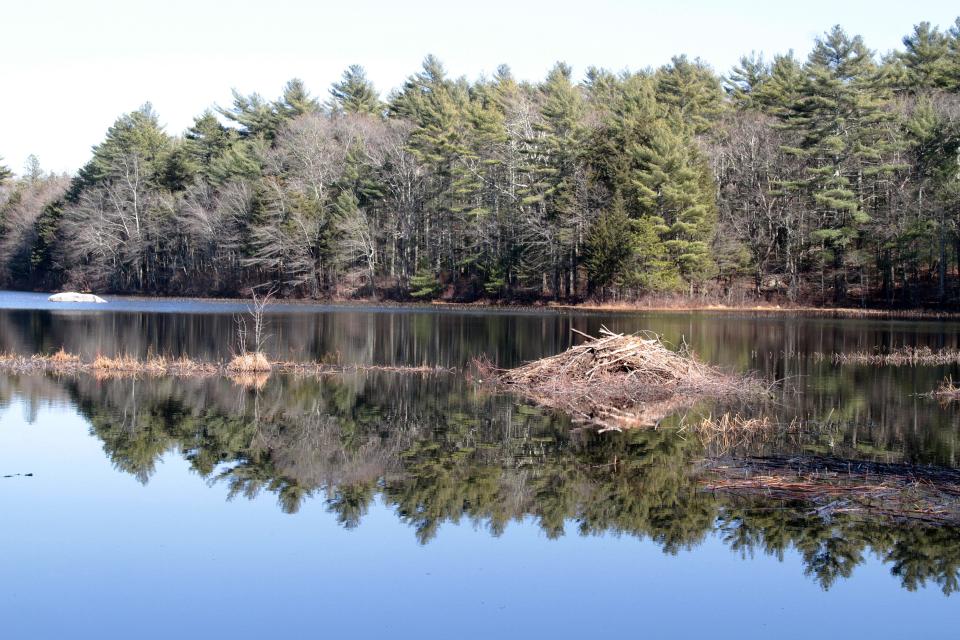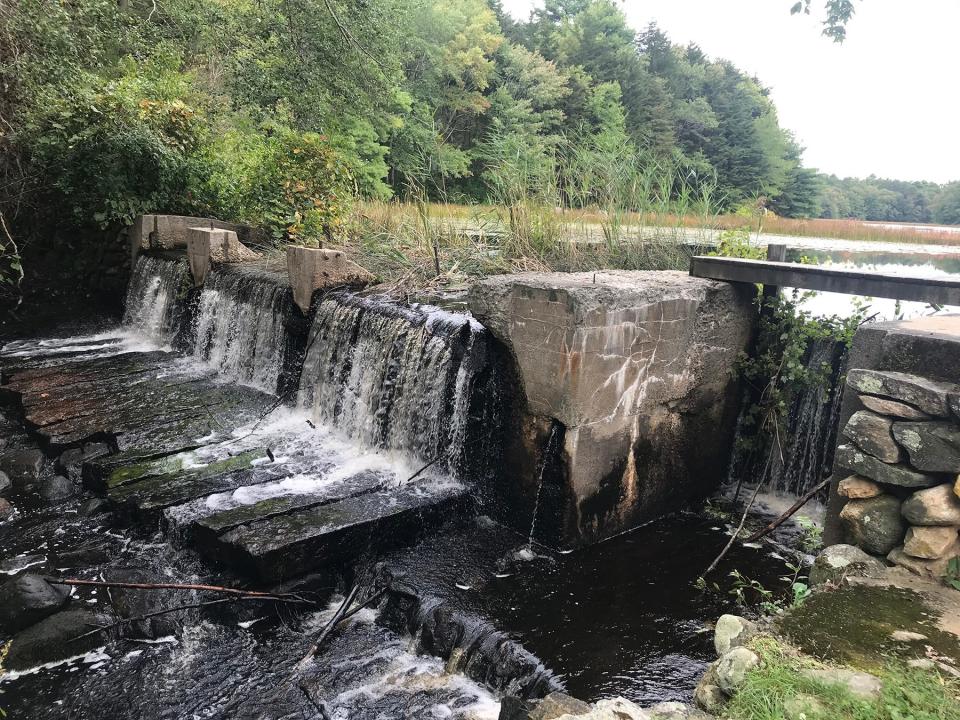Will the state ever use Big River for a reservoir? A look at the state's water supply
PROVIDENCE – With all the rain falling on Rhode Island in recent months, it's hard to imagine that a controversy over the state’s water supply was, for decades, front-page news.
The state went so far as to take by eminent domain about 8,500 acres of land from 351 property owners in West Greenwich, Coventry and Exeter in the 1960s to build a reservoir to supplement the state's main supply, the Scituate Reservoir.
But the Big River Reservoir was never built, as environmental opponents questioned its need, as well as the accuracy of water and population projections put forth by its proponents.
Finally, in 1990, the federal Environmental Protection Agency stopped the project, agreeing the reservoir wasn’t worth the wetlands it would destroy and that state leaders hadn’t adequately considered alternatives.
More than 30 years later, what’s the status of Rhode Island’s water supply? Will there ever be a Big River reservoir?

State is still collecting data on Big River and its water
Journal readers asked those questions after a recent story about the few remaining families who stayed in what is now the Big River Management Area, an area lawmakers in 1993 deemed protected open space until some unspecified time in the future when it’s to be used as a water source.
“Our current efforts are really based on vigilance, not construction,” said Kathleen M. Crawley, acting general manager of the Rhode Island Water Resources Board.
“Basically, what we’re doing with Big River right now is collecting a lot of data, putting together a property management plan so we are fully informed about how the area is being used and [be] able to make good decisions about how to balance the use of the property and the environmental benefit of the property with its future state as a drinking water supply.”
Meredith Brady, associate director of the Rhode Island Division of Statewide Planning, said, “We’ve not found that the benefit of building a reservoir outweighs the environmental benefits of preserving Big River in its current state and reserving our potable water that may be available there. We don’t know how we are necessarily going to access that water in the future.”
Ballooning price and skepticism over data keep the project at bay – for now
Much has changed in the 30-plus years since Big River was last seriously considered as a possible reservoir – including the project’s price.
In the late 1980s, the then 10-year project carried a $282-million price tag.
By 2006, the Water Resources Board estimated it would take 16 years to build and cost $1.1 billion.
“That might be a conservative number,” Juan Mariscal, then the board’s general manager, said at the time. “There are a lot of unknowns.”

That was 17 years ago.
The Division of Planning’s most recent water report, “Rhode Island 2030,” (based on data more than a decade old) acknowledges what time seems to have proven: There was valid reason for skepticism over the accuracy of water-use projections that Big River Reservoir advocates relied on.
“The EPA and several environmental groups cited inaccuracies in the methodology of the study used to justify the creation of a reservoir,” the report said. “Questions were raised surrounding the study’s population growth and demand assumptions and its characterization of industry water needs. Some of the opposition to these embedded assumptions proved warranted.”
Big River blues: 'I'm never going away:' In Big River, a decades-old grudge against the state is hereditary
One assumption predicted the state’s water consumption would increase by almost 18 million gallons per day between 1975 and 1987. “This predicted increase never materialized,” the report states.
Today, Rhode Islanders use about 97 million gallons of water a day, said Crawley, 60% of which comes from the Scituate Reservoir, which services Providence and 15 other communities.
Another 48% of daily public consumption comes from smaller local reservoirs around the state or groundwater. (About 150,000 residents also used private wells, as of 2012.)
The Big River Reservoir was expected to produce another 27 million gallons a day.
But changes in water-use laws, advances in technology and greater general awareness of water as a precious resource have altered the water picture today, said Crawley and Brady.

Federal and state laws now protect water quality and require conservation, such as congressional legislation passed in 1992 requiring that all toilets sold in the United States not exceed the 1.6 gallons per flush conservation standard.
More modern water meters now allow customers to better gauge their water use, communities require conservation, and the kinds of heavy manufacturing that once used vast amounts of water have declined.
“Some industries also figured out how to use non-potable water for some of those things,” said Brady.
A separate water quality report issued in 2016 by the Division of Planning said, “Rhode Island is fortunate to have abundant water resources that when properly managed can meet societal needs for drinking water, recreation and commerce while also supporting healthy aquatic ecosystems.”
Climate change brings concerns over future water supply
Still, there are regionalized water-supply concerns in Rhode Island, particularly as the climate warms, droughts become more common and local water restrictions evolve into summer norms, said Crawley and Brady.
“The northern region of the state has more than adequate water supplies, but the southern part, we are very ground-water dependent,” said Brady.

“We don’t have storage capacity – it’s not necessarily feasible to tie into some of these other [water] systems. It’s not necessarily water poor, but if something happens in the southern part of the state it’s going to be much harder to create those redundancies.”
And as ocean levels rise with climate change, there is also concern about saltwater intrusion into private wells, Brady said.
The Big River area could someday ease some of these concerns without building a reservoir, Crawley and Brady said.
More: The Big River Reservoir project forced 351 people from their homes. Will it ever be built?
For instance, the state could pump some limited water out of its aquifer and supply it to existing water authorities that service the central and southern parts of the state.
In 2009 the Water Resources Board dug two test wells in Rig River. According to the Division of Planning report, the wells could draw about 4 million gallons daily, but the Department of Environmental Management limited the draw to 2 million gallons a day to protect the aquifer and the wetlands it feeds.
Pumping out the water is one thing. Having a water authority needing it and willing to buy it for its customers is another.
As state planners found with the Big River test wells, “No suppliers have yet expressed an interest in purchasing the groundwater,” the report said.
The Big River wells are no longer operating, said Crawley.
State planners are considering other water supply options in the long term, too, Crawley said, such as a desalination plant along the coast. But “it doesn't' mean it’s one or the other” source, which is why Big River needs to be protected until the future reveals the need.
Until then, said Brady, “we won’t know how we exactly are going to use it.”
Contact Tom Mooney at tmooney@providencejournal.com
Want more coverage like this right on your phone? Download our free app for personalized news alerts and build content feeds based on your interests.
This article originally appeared on The Providence Journal: RI's Big River area won't become a reservoir – for now

